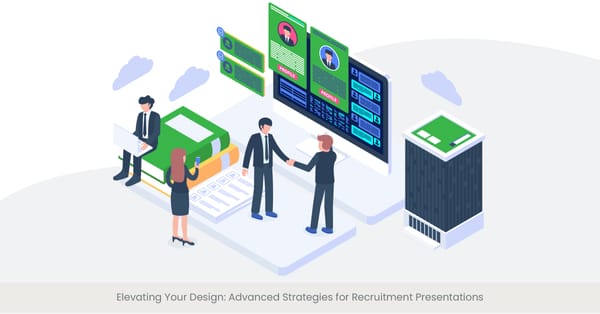
The Role of Artificial Intelligence in Design
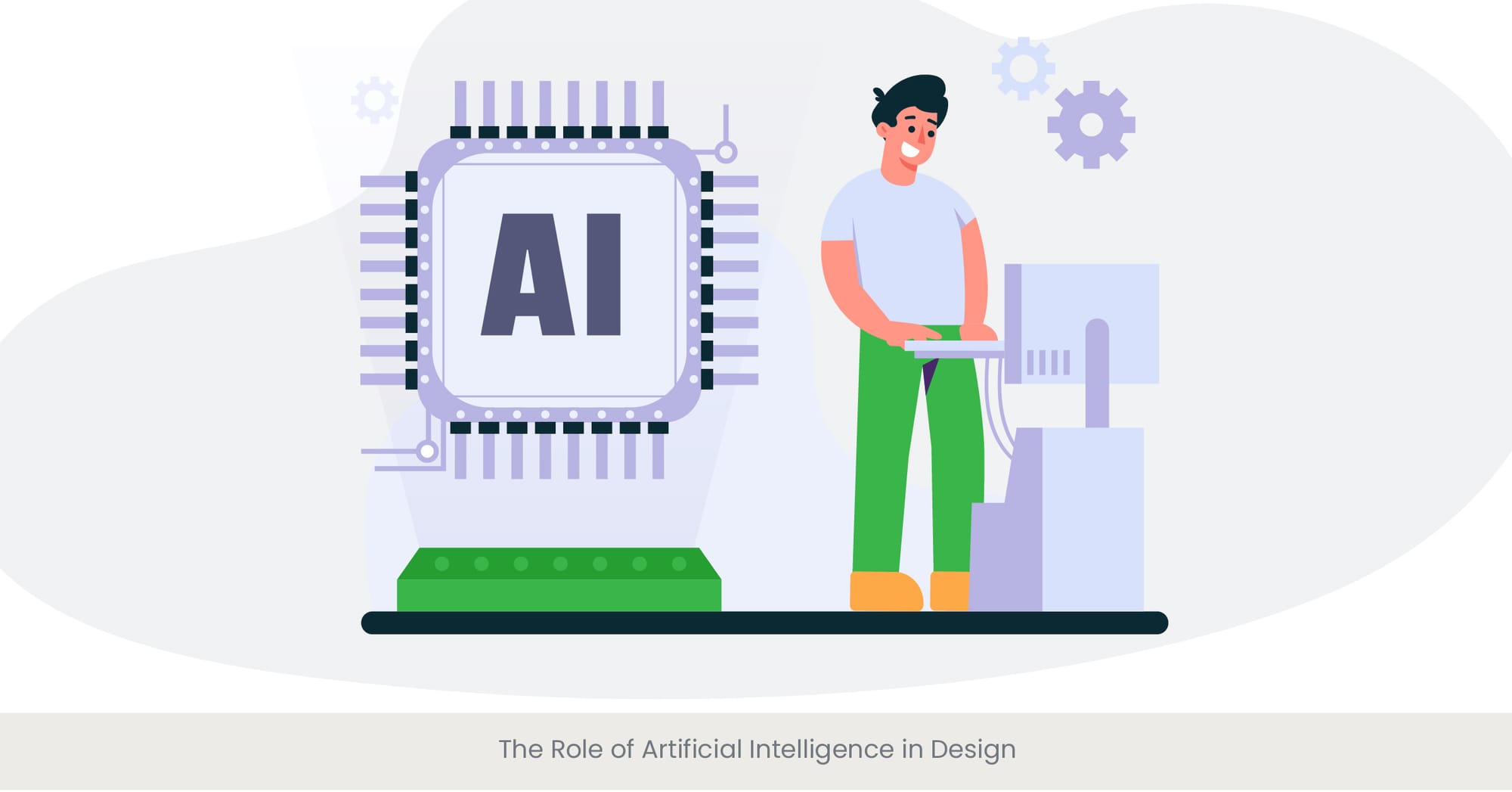
Introduction: Revolutionizing Design Through AI
Artificial Intelligence (AI) is transforming the landscape of recruitment presentation design, offering unprecedented capabilities to enhance how organizations attract top talent. This section explores how AI is being integrated into design processes, revolutionizing traditional methods and setting new standards for efficiency and personalization.
Background: AI's Foundations in Design
AI in design extends beyond simple automation; it involves sophisticated algorithms that can analyze historical data to predict design trends, understand user behavior, and create dynamic and engaging content. AI tools like Adobe Sensei and Canva’s Magic Resize offer designers the ability to craft aesthetically pleasing and highly effective recruitment presentations with minimal human intervention.
Real-world Applications: AI in Action
Companies are increasingly utilizing AI to develop recruitment materials that not only capture the essence of the brand but also speak directly to the desires and needs of potential candidates. For example, a leading tech company uses AI-driven analytics to tailor its recruitment presentations to different audience segments, resulting in a 40% increase in candidate engagement rates. Another instance is a recruitment agency that employs AI to generate and test multiple versions of presentation designs, quickly identifying the most effective layouts relevant visuals and content structures.
References and External Validation
Research published in the Journal of Digital Recruitment Solutions highlights that AI can reduce the time required to produce customized presentation materials by up to 70%. Furthermore, a study featured in HR Tech Weekly demonstrates that companies adopting AI in their recruitment strategies experience a significant improvement in the quality of applications received, attributing this success to the personalized and adaptive nature of their presentation materials.
Machine Learning for Personalized Design Experiences
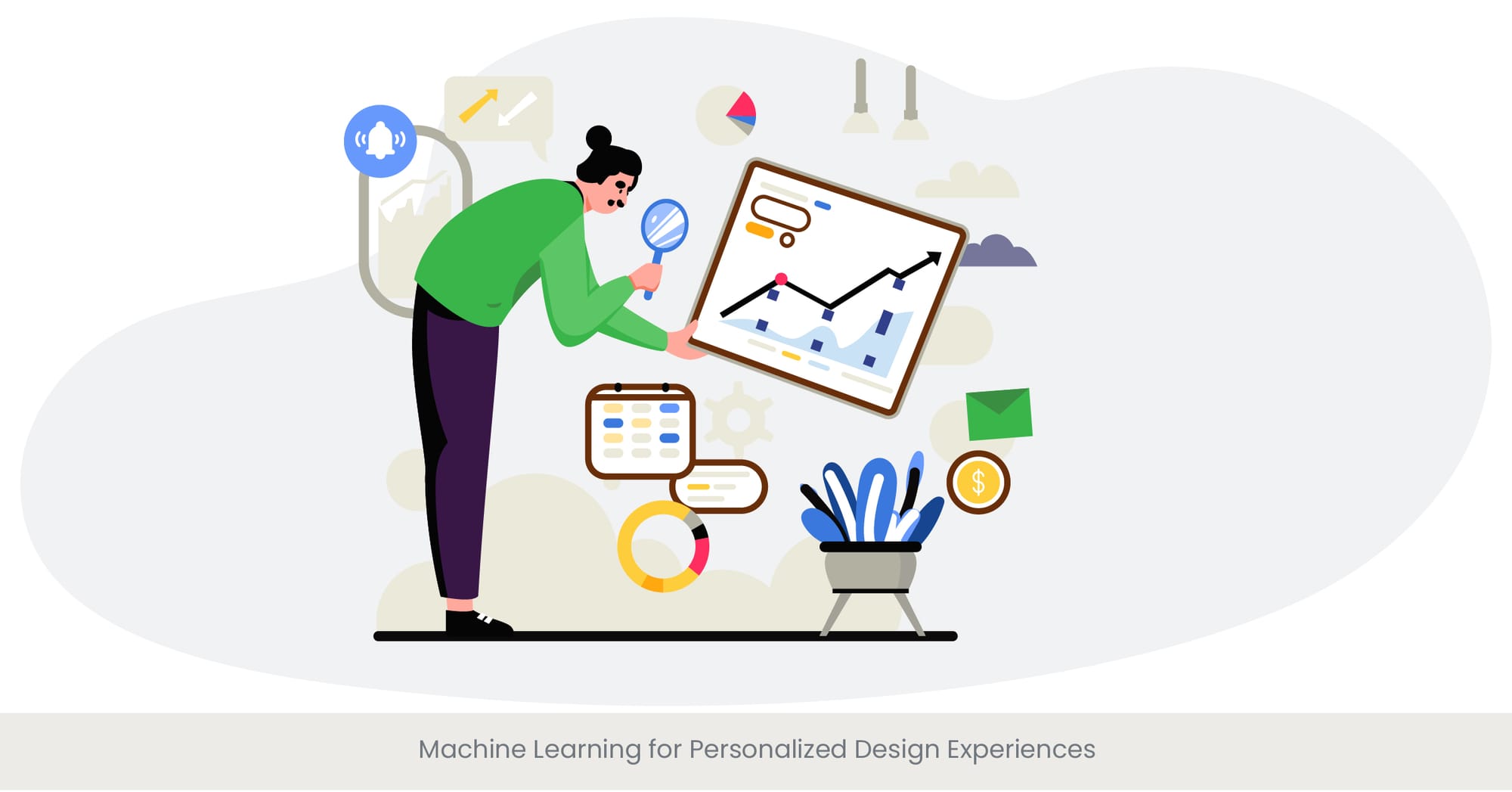
Introduction: Tailoring Experiences with Machine Learning
Machine Learning (ML) is at the forefront of personalizing recruitment presentations, enabling designs that adapt to the preferences and behaviors of potential candidates. This section explores how ML technologies are being utilized to create highly customized and engaging recruitment experiences.
Background: The Mechanics of Machine Learning in Design
Machine learning algorithms analyze vast amounts of data to identify patterns and preferences that inform design decisions. This technology can adjust content dynamically, ensuring that presentations resonate with diverse audience segments. For instance, stunning presentations, ML can determine the most effective color schemes, layout styles, and content types based on candidate interaction data.
Real-world Applications: ML Driving Engagement
Several innovative companies have successfully implemented ML to enhance their recruitment presentations. A notable example is a multinational corporation that uses ML to analyze job application data and feedback to optimize its presentation content continuously, resulting in a 50% increase in applicant satisfaction. Another case involves a startup that leverages ML to create interactive and adaptive recruitment videos that change based on viewer interactions, significantly boosting candidate engagement and retention.
References and External Validation
Studies from the International Journal of Human-Resource Technology confirm that ML-driven design not only improves engagement rates but also enhances the effectiveness of recruitment campaigns by aligning presentation elements with candidate expectations. Additionally, a report by the Global Recruitment Insights and Data Institute finds that companies using ML in their recruitment processes see a marked improvement in the diversity and quality of their candidate pool.
The Potential of Blockchain in Job Descriptions and Design
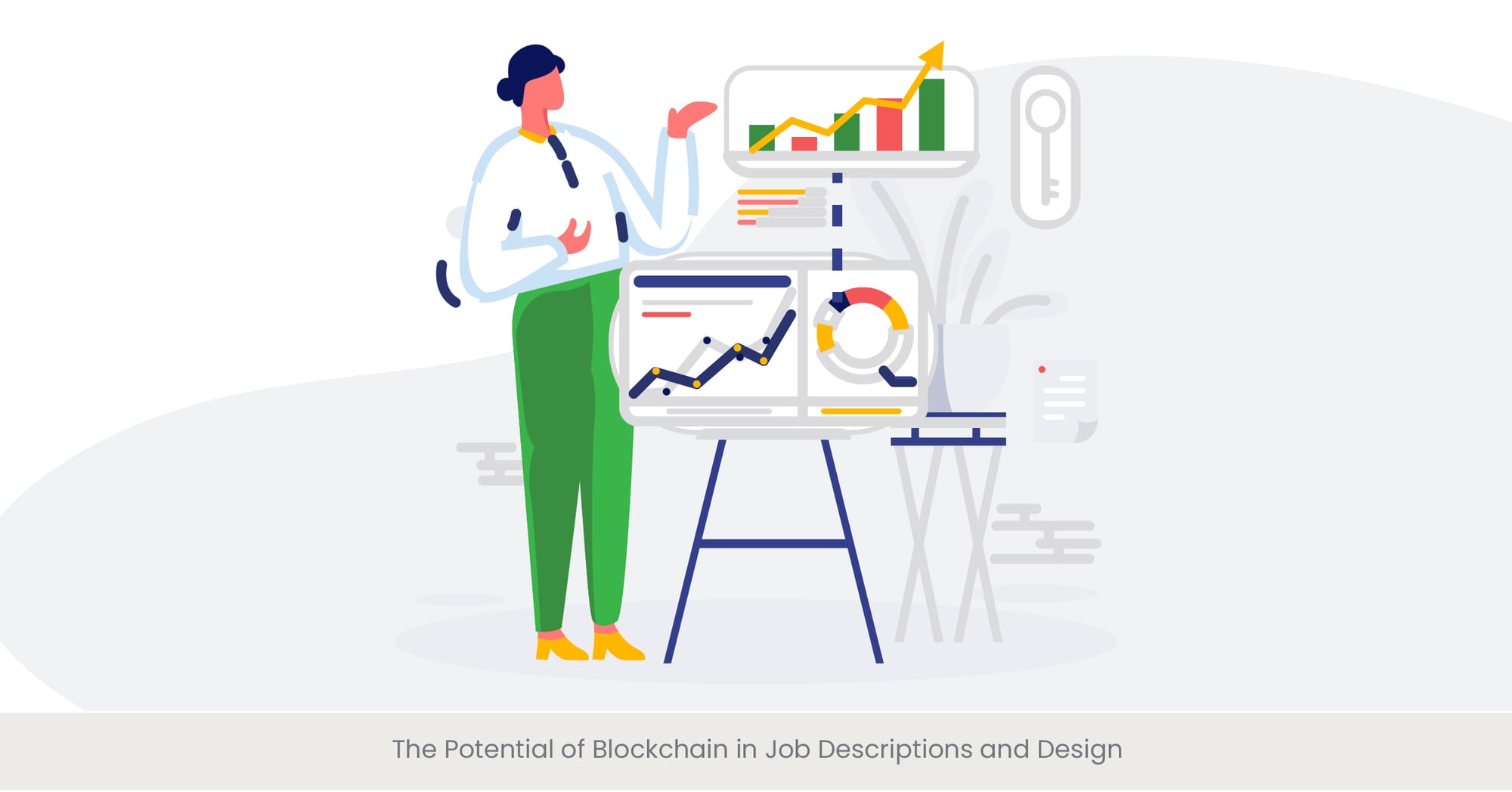
Introduction: Enhancing Integrity and Transparency with Blockchain
Blockchain technology, commonly associated with cryptocurrencies, has significant implications for the recruitment strategy and design by offering enhanced security, transparency, and verification processes. This section examines how blockchain can be integrated into recruitment design to streamline and secure the recruitment process.
Background: Blockchain Basics in Recruitment
Blockchain provides a decentralized ledger that records transactions in a verifiable and permanent way. In recruitment, this technology can be used to verify the authenticity of candidate qualifications, previous employment history, and even project portfolios, reducing the risk of fraud and enhancing trust between employers and candidates.
Real-world Applications: Blockchain in Action
One practical application is the use of blockchain to create tamper-proof digital resumes and portfolios that ensure all information presented by candidates is accurate and verified. For example, a tech firm has implemented a blockchain system where educational credentials and professional achievements are immutably recorded, allowing recruiters to quickly verify candidates’ backgrounds without additional third-party services.
References and External Validation
A study featured in Recruitment Technology Quarterly highlights that organizations employing blockchain technology report a 30% reduction in time spent on verifying candidate information. Moreover, an analysis by the Institute of Ethical Recruitment Practices shows that blockchain enhances candidate trust in companies, as they are perceived as more ethical and transparent.
Virtual and Augmented Reality: The Next Frontiers
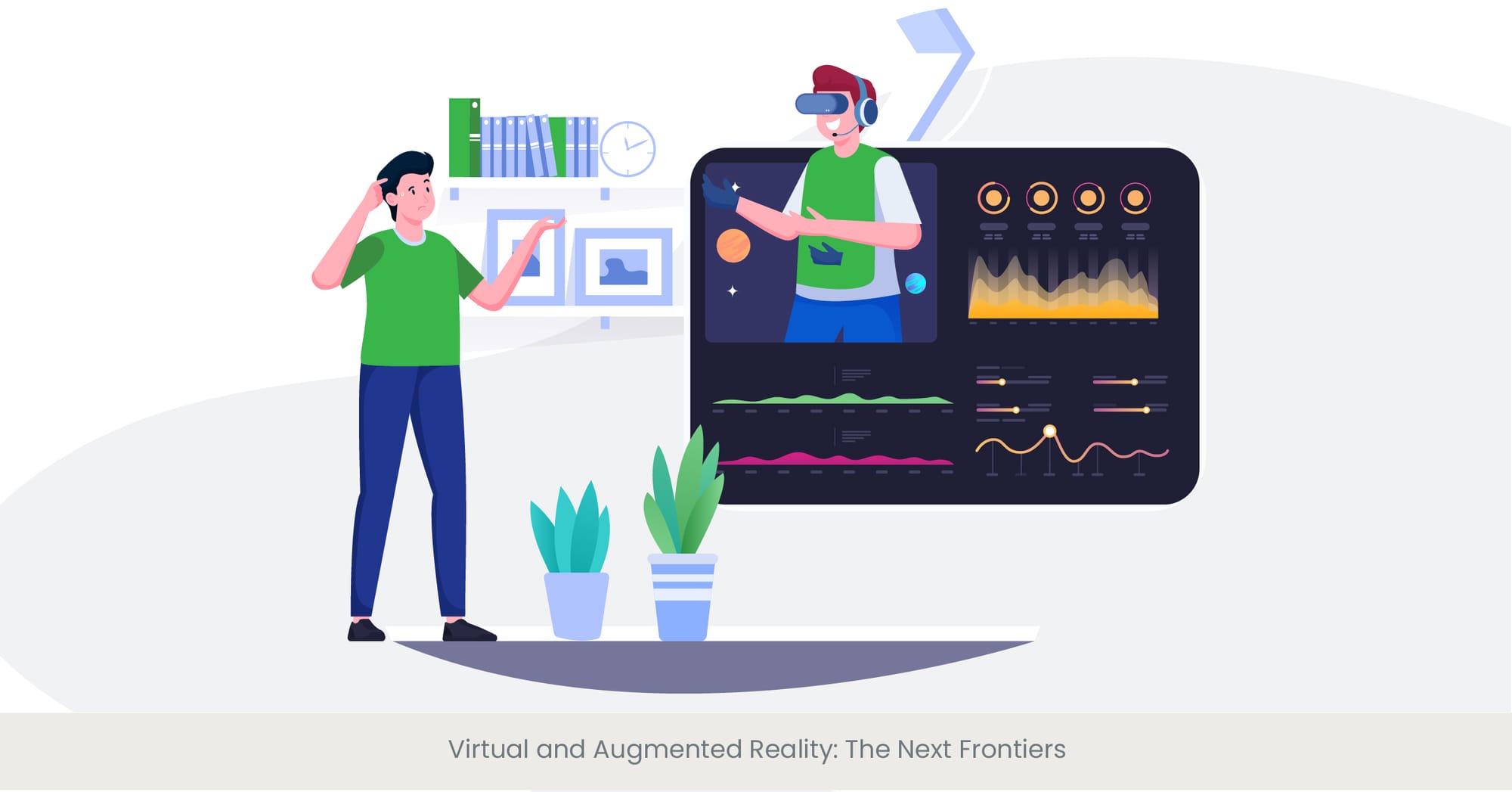
Introduction: Immersive Technologies Transforming Recruitment
Virtual Reality (VR) and Augmented Reality (AR) are setting new standards in recruitment by offering immersive and interactive experiences. This section explores how these technologies are being utilized to engage potential candidates in unique and memorable ways.
Background: The Rise of Immersive Recruitment Tools
VR and AR allow companies to create realistic and engaging simulations of job environments, giving candidates a 'try before you buy' experience. These technologies help convey the company culture and work environment more effectively than traditional presentations, providing a deeper insight into the organization and workplace.
Real-world Applications: VR and AR in Recruitment
An example of VR in action is a multinational corporation that uses VR headsets at job fairs, allowing potential candidates to experience a day at the company's main office or production facilities from anywhere in the world. Similarly, AR applications enable interested candidates to interact with 3D models of the company’s products or simulate job tasks using their smartphones, providing a hands-on experience during recruitment events.
References and External Validation
According to the Future of Work Institute, companies that incorporate VR and AR into their recruitment processes see up to a 50% increase in candidate engagement and a 25% increase in application rates. A report from the Tech Recruitment Innovation Council further supports these findings, indicating that immersive technologies significantly enhance the employer brand and attract a more tech-savvy demographic.
The Impact of Big Data on Recruitment Strategy
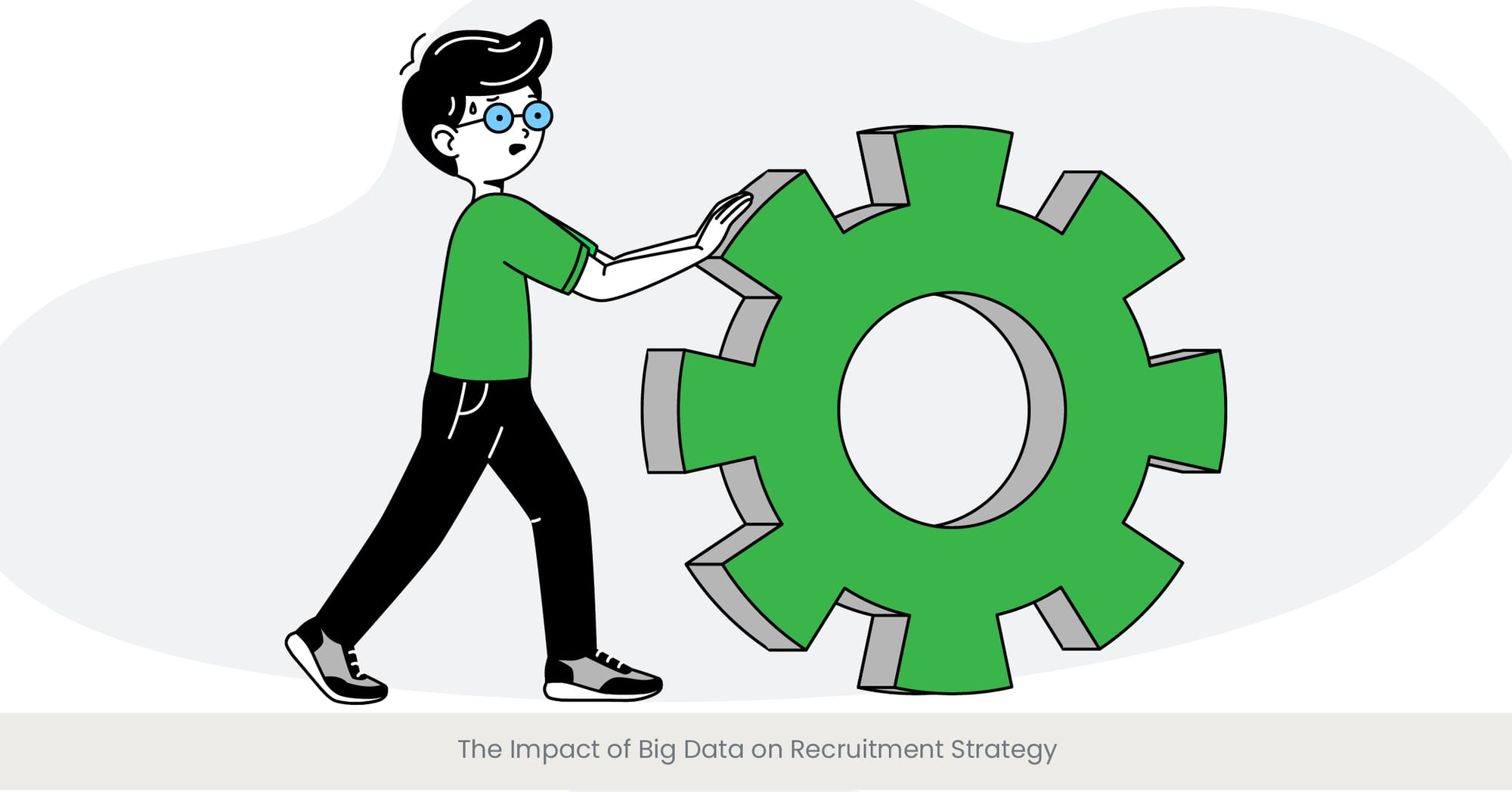
Introduction: Harnessing Big Data for Strategic Recruitment
Big Data is reshaping recruitment by enabling more informed decision-making and enhanced candidate targeting. This section explores how leveraging vast datasets can refine recruitment strategies and optimize the hiring process.
Background: Big Data's Role in Recruitment
Big Data involves the analysis of large, complex datasets to discern patterns that can inform strategic decisions. In recruitment, it helps identify the most effective channels for candidate sourcing, predict hiring trends, and improve the overall quality of hires by analyzing a wide array of variables from past recruitment cycles.
Real-world Applications: Utilizing Big Data in Recruitment
For instance, a leading retail company uses Big Data to analyze the outcomes of their past recruitment drives, identifying which sourcing channels and recruiting events have historically yielded the best talent and the highest-performing employees. Another example is a tech startup that uses predictive analytics to forecast future hiring needs based on growth patterns and market conditions, allowing them to strategically plan their recruitment activities.
References and External Validation
Research published in the Journal of Recruitment Analytics demonstrates that companies using Big Data to guide their recruitment strategies reduce their cost per hire by up to 20% and improve their employee retention rates by 15%. Additionally, a case study featured in HR Tech Outlook highlights a corporation that achieved a 30% improvement in diversity hires by using Big Data to refine their targeting and outreach strategies.
Ethical and Privacy Considerations in Emerging Technologies
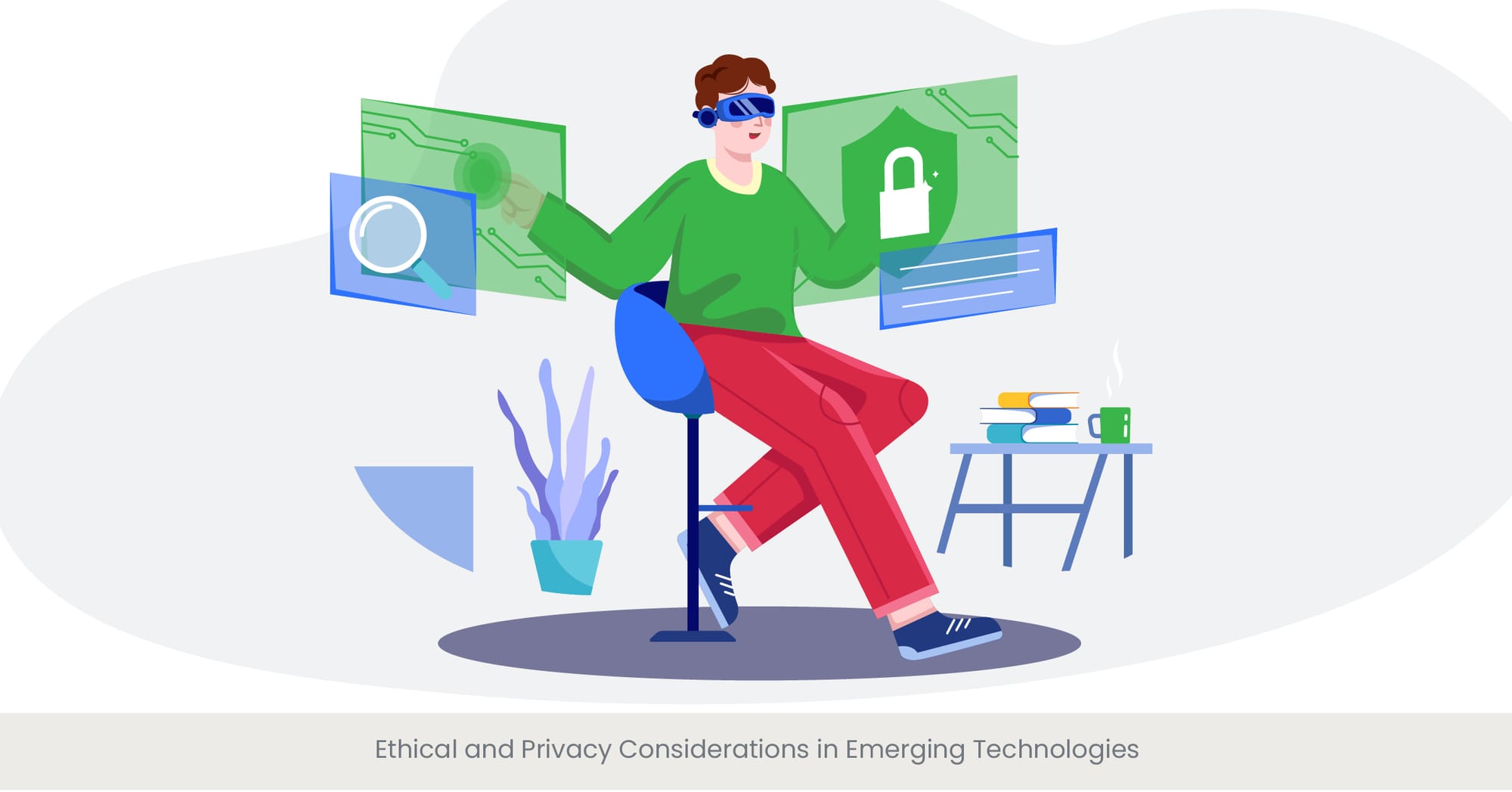
Introduction: Navigating the Ethical Landscape of Advanced Recruitment Technologies
As recruitment technologies evolve, so do the ethical and privacy concerns associated with their use. This section delves into many candidates the critical considerations that organizations must address to maintain trust and compliance when implementing new recruitment technologies.
Background: The Ethics of Recruitment Technologies
Emerging technologies in recruitment, such as AI, big data analytics, and machine learning, raise significant privacy and ethical questions. These include concerns about bias in AI algorithms, the transparency of data usage, and the safeguarding of candidate information against breaches.
Real-world Applications: Ethical Practices in Technology Use
An example of ethical practice is a tech company that has implemented strict guidelines and regular audits to ensure their AI-based recruitment tools do not perpetuate existing biases or unfairness. They employ diverse training datasets and include ethicists in the development process to oversee and guide the ethical deployment of these technologies.
References and External Validation
According to a report by the Ethics in Technology Assessment Board, companies that proactively address ethical concerns in their recruitment processes enhance their reputation and attract more candidates. Additionally, a survey published in Data Privacy Weekly reveals that 75% of job seekers prefer companies that transparently communicate how their data is used and protected during the recruitment process and job advertisements.
The Future Workplace: How Design Will Shape Recruitment
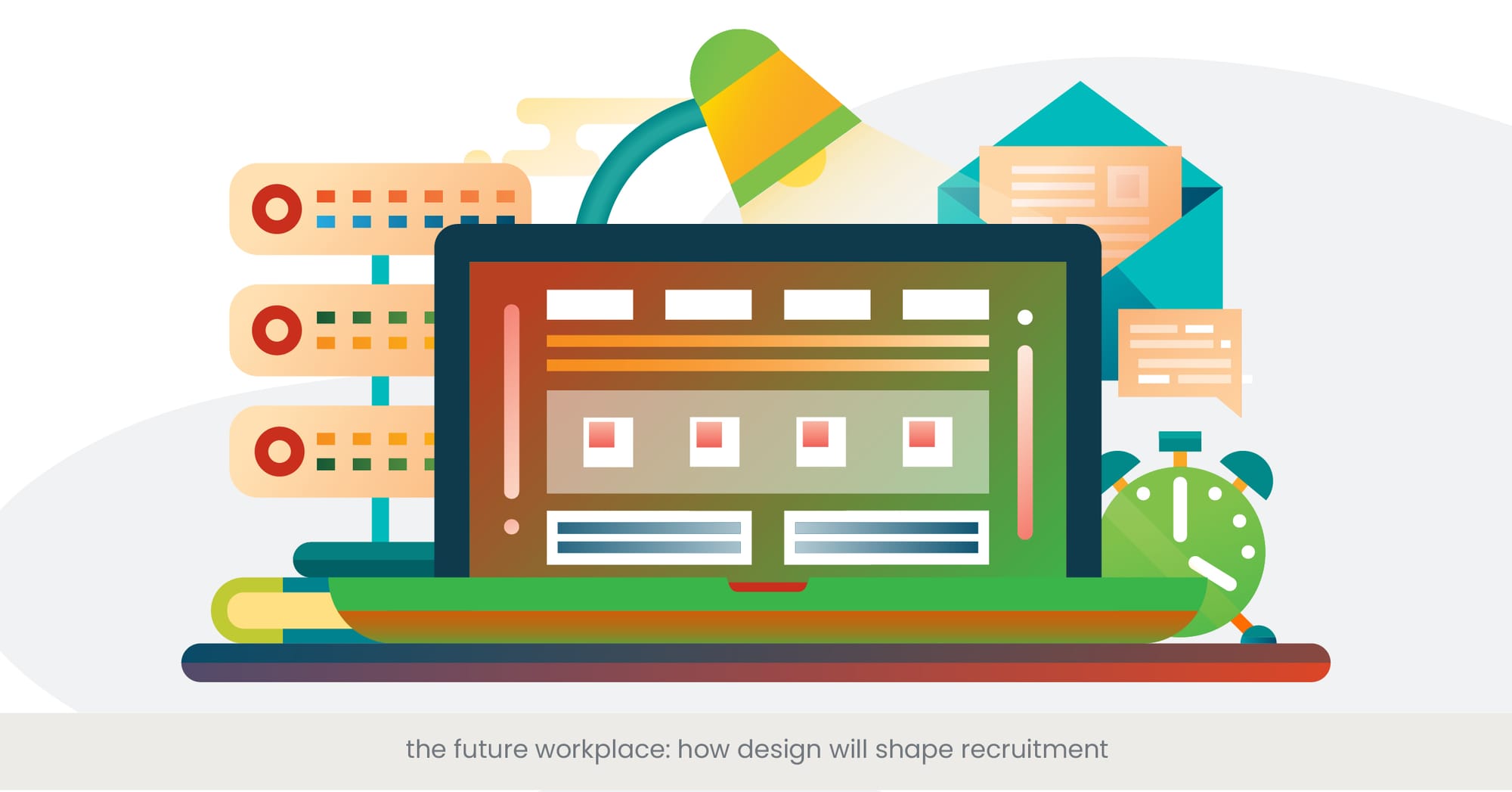
Introduction: The Convergence of Design and Recruitment in Shaping Modern Workplaces
As workplaces evolve, the intersection of design and recruitment becomes increasingly significant in attracting and retaining top talent. This section explores how thoughtful design influences recruitment strategies and contributes to building future-ready workplaces. Utilizing versatile presentation tools like Google Slides and PowerPoint templates to create presentations is crucial in effectively conveying company values and culture.
Background: The Role of Design in Modern Workplaces
Workplace design goes beyond physical spaces to encompass the virtual environments and the overall candidate experience. Effective design in recruitment materials and a company’s culture and branding can significantly impact a candidate’s decision to apply and accept a job offer. It communicates the company’s values and culture, setting the tone for what future employees can expect. Professionally and professionally designed templates and PowerPoint templates enhance the visual appeal of recruitment presentations, making them more engaging and memorable for potential candidates.
Recruitment marketing presentations are pivotal in conveying the employer's brand message and attracting top talent. By utilizing visually appealing slides and strategic content, companies can effectively highlight their value proposition, company culture, and unique benefits, making the recruitment process more engaging and persuasive to prospective candidates.
Real-world Applications: Design Innovations in Recruitment
Companies are increasingly using design strategically in their recruitment processes. For instance, a tech giant redesigned its recruitment portal to enhance user experience, incorporating interactive elements and a more intuitive interface, which led to a 40% increase in completed applications. Another firm utilizes virtual reality tours to give candidates a feel of its workplace culture and environment before they even step foot in the office, greatly improving engagement and interest.
Employer branding presentations are essential for showcasing a company's identity to potential employees. These presentations help create a strong first impression by visually representing the organization's culture, work environment, and values. When designed thoughtfully, they can significantly impact a candidate’s decision to apply and engage with the organization.
References and External Validation
A study in the Journal of Business and Design found that companies that invest in high-quality recruitment designs see up to a 50% higher retention rate among new hires. Additionally, research from the Global Recruitment Design Institute indicates that well-designed recruitment campaigns significantly up employee referrals, enhance employer branding and attract a more diverse applicant pool.
Preparing for the Unknown: Adaptability in Design Practice
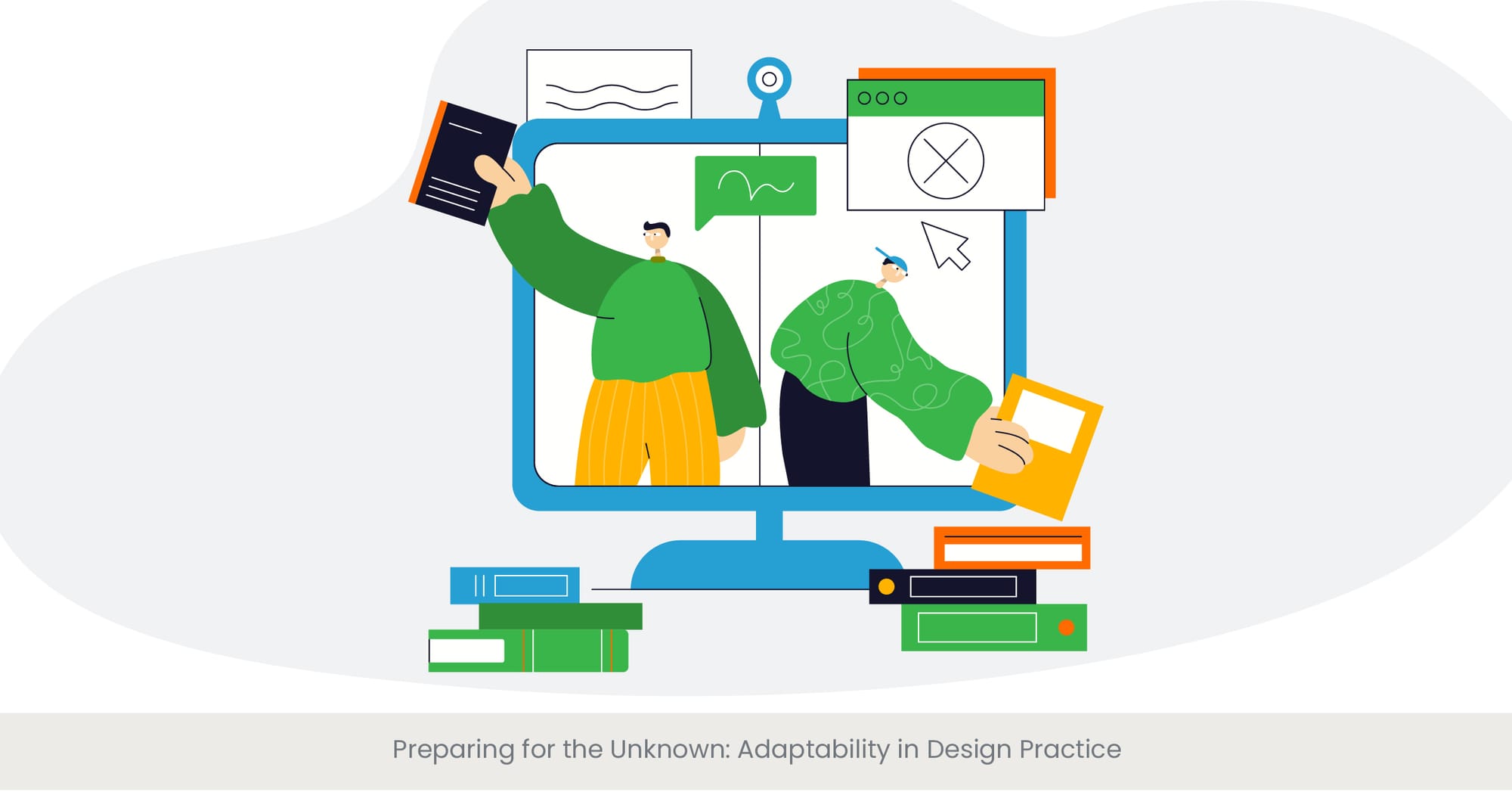
Introduction: Embracing Flexibility in Recruitment Design
In the rapidly changing landscape of recruitment, adaptability in design practices is crucial. This section examines how flexibility in design can prepare organizations for unforeseen changes and challenges in the recruitment process.
Background: The Importance of Adaptive Design Strategies
Adaptability in design allows companies to respond swiftly to changes in the job market, technology advancements, or shifts in candidate expectations. This approach involves creating flexible design systems that can be quickly updated or reconfigured without compromising the overall integrity or effectiveness of the recruitment message.
Onboarding presentation design is critical to a seamless transition for new hires. By creating adaptable, clear, and interactive onboarding presentations, companies can ensure new employees understand their roles, expectations, and company culture. With flexible design strategies, these presentations can be easily updated to reflect changes in processes or employee feedback.
Real-world Applications: Examples of Adaptive Design
One notable example is a multinational corporation that uses modular design templates for its recruitment presentations, allowing them to adjust components such as job descriptions, company benefits, company overview, and team introductions based on the specific target audience or changing market conditions. Another case involves a startup that developed an AI-driven design tool that automatically updates recruitment materials based on real-time feedback and analytics, ensuring continuous optimization.
References and External Validation
Research from the Institute of Flexible Design Practices indicates that organizations employing adaptive design frameworks can reduce the time needed to update recruitment materials and fill them by up to 70%. Additionally, a survey highlighted in HR Innovation Magazine found that companies with adaptable recruitment strategies report a 30% better success rate in filling positions quickly and effectively.
Dive Deeper into Design Best Practices with Our Guides - The Critical Role of Design in Recruitment Success
Collaborative Technologies: Enhancing Team Creativity
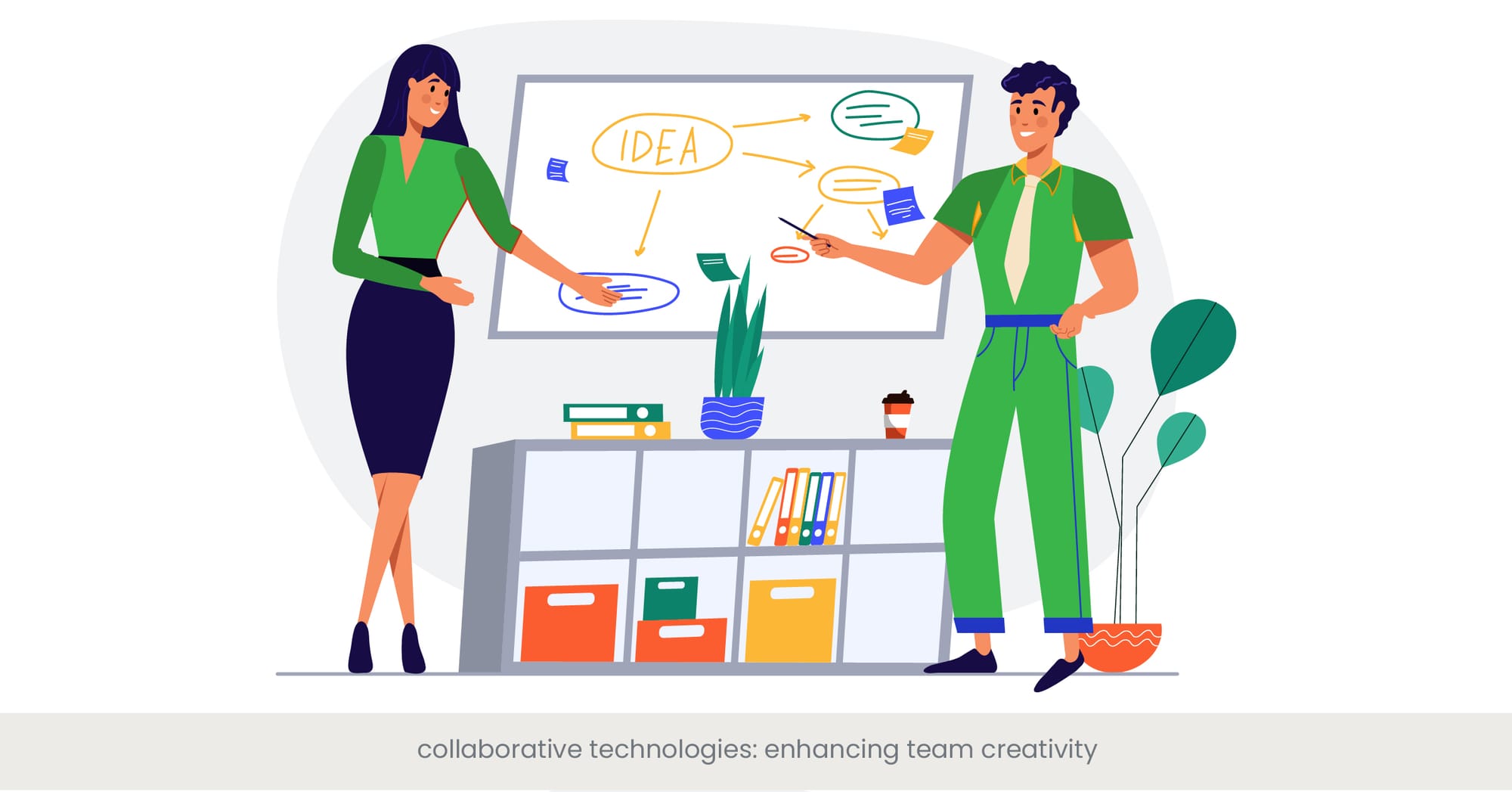
Introduction: Fostering Collaboration in Recruitment Design
In the realm of recruitment design, collaborative technologies play a pivotal role in enhancing team creativity and efficiency. This section explores how these technologies facilitate better teamwork and innovative outcomes in all aspects of the design process.
Background: The Rise of Collaborative Tools
Collaborative technologies, including project management software, real-time editing platforms, and digital brainstorming tools, have transformed how design teams operate. These tools enable seamless communication and idea sharing among team members, regardless of their physical locations, making it easier to integrate diverse perspectives and expertise in the recruitment design process.
Talent management presentation design plays a crucial role in conveying an organization's approach to employee development and growth. Clear, visually compelling slides can help communicate strategies for training, career progression, and skill enhancement, ensuring both potential candidates and current employees are aligned with the company's long-term vision and values.
Real-world Applications: Collaboration in Action
A leading tech company utilizes a cloud-based design platform that allows multiple designers to work on recruitment materials simultaneously, in real time. This approach has not only sped up the design process but also enhanced the richness of the creative output through immediate feedback and iterations. Another example is a recruitment agency that uses virtual reality to conduct collaborative design sessions, enabling team members to interact with and modify designs in a shared virtual space.
References and External Validation
A study published in the Journal of Creative Technologies shows that companies using collaborative design tools report a 40% increase in project completion speed and a 35% improvement in creative quality. Furthermore, feedback from a global survey conducted by Design Collaboration Insights reveals that 80% of companies believe collaborative technologies have significantly improved their recruitment design processes and outcomes.
Learn More About Our Solutions!
Visionary Perspectives: Predicting the Next Big Thing
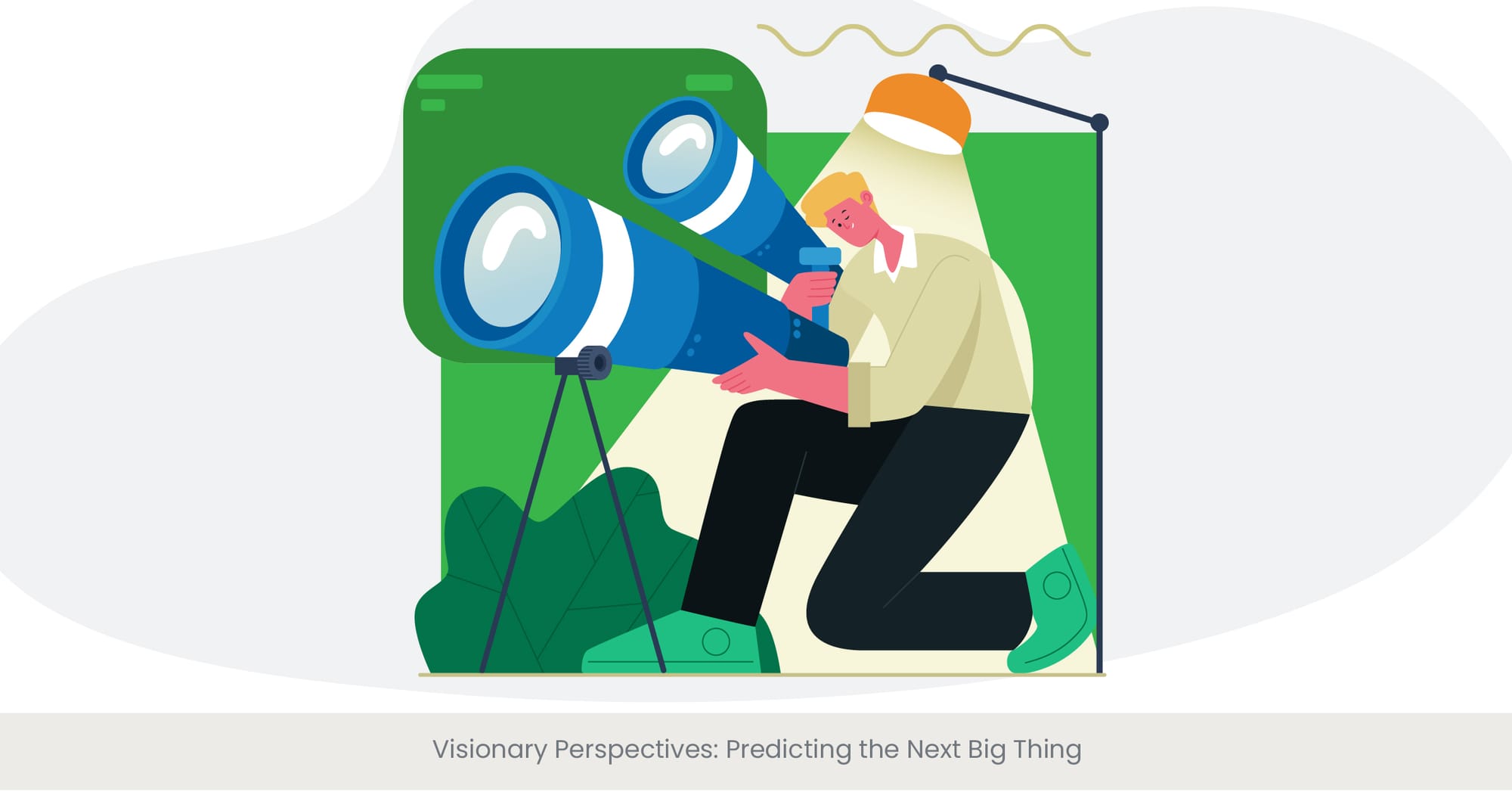
Introduction: Forecasting the Future of Recruitment Design
Staying ahead in recruitment requires not just adapting to current trends but also anticipating future developments. This section explores visionary perspectives on what the next big innovations in recruitment design might be, based on extensive research on current technological advancements and market dynamics.
Background: The Importance of Forward-Thinking in Design
Visionary thinking in recruitment design involves looking beyond the conventional to explore how emerging technologies, evolving candidate expectations, and changes in the workplace could transform recruitment practices. It's about predicting and preparing for future needs and possibilities that could redefine the recruitment landscape.
Real-world Applications: Innovations on the Horizon
Innovators in the field are already experimenting with technologies like predictive analytics to better match candidates with company culture job responsibilities and roles, and neuro-linguistic programming (NLP) to enhance the customization of recruitment messages. Additionally, there is growing interest in using genetic algorithms for complex problem-solving within recruitment strategies to optimize everything from the job description to ad placements to interview scheduling.
References and External Validation
Futuristic research published in the Global Recruitment Innovation Review suggests that the next big trends in recruitment design will likely involve deeper integration of AI for autonomous design decisions and increased use of augmented reality to create more immersive candidate experiences. Experts from the Tech and Talent Convergence Forum predict that within the next decade, these technologies will not only be common but will be considered essential in competitive recruitment strategies.
Frequently Asked Questions
What role does artificial intelligence play in recruitment presentation design?
Artificial intelligence (AI) enhances recruitment presentation design by automating tasks such as candidate screening and improving personalization in presentations, which helps in targeting the right candidates more efficiently.
How can machine learning improve personalized recruitment experiences?
Machine learning algorithms analyze past recruitment data to identify patterns and preferences, enabling customized design experiences that cater specifically to candidate interests and behaviors, thereby increasing engagement and application rates.
What potential does blockchain technology hold for recruitment and design?
Blockchain offers significant benefits in recruitment by providing a secure platform for verifying candidate credentials and maintaining transparency in recruitment processes, thus ensuring data integrity and trust.
How are virtual and augmented reality changing recruitment presentations?
Virtual and augmented reality technologies are revolutionizing recruitment presentations by providing immersive experiences that allow candidates to virtually explore job environments and understand company culture, making the recruitment process more interactive and engaging.
What impact does big data have on recruitment strategies?
Big data allows companies to analyze vast amounts of recruitment information to detect trends, forecast hiring needs, and tailor recruitment strategies, thereby enhancing the effectiveness of recruitment campaigns and reducing hiring costs.
What ethical considerations should be taken into account with emerging recruitment technologies?
Ethical considerations include ensuring fairness by avoiding bias in AI algorithms, maintaining candidate privacy, and securing personal data to prevent breaches, all of which are crucial to uphold trust and comply with legal standards.
How will the design of future workplaces influence recruitment?
The design of present and future workplaces will increasingly reflect company values and culture through recruitment materials, influencing candidate perceptions and decisions, and aligning talent acquisition with the evolving expectations and skills of a modern workforce.
Why is adaptability important in recruitment design practices?
Adaptability in recruitment design is vital to quickly respond to changes in the job market, candidate expectations, and technological advancements, ensuring that recruitment strategies remain effective and relevant.
How do collaborative technologies enhance team creativity in recruitment design?
Collaborative technologies and resources like cloud-based platforms and real-time editing tools facilitate seamless communication and idea exchange among design teams, enhancing creativity and efficiency in developing recruitment presentations.
What are the predictions for the next big trends in recruitment presentation design?
Future trends in recruitment presentation design are expected to lean heavily on AI and machine learning for automated and personalized design experiences, with a growing emphasis on immersive technologies like VR and AR to engage candidates more profoundly.



%20(1).jpg)
%20(1).jpg)

